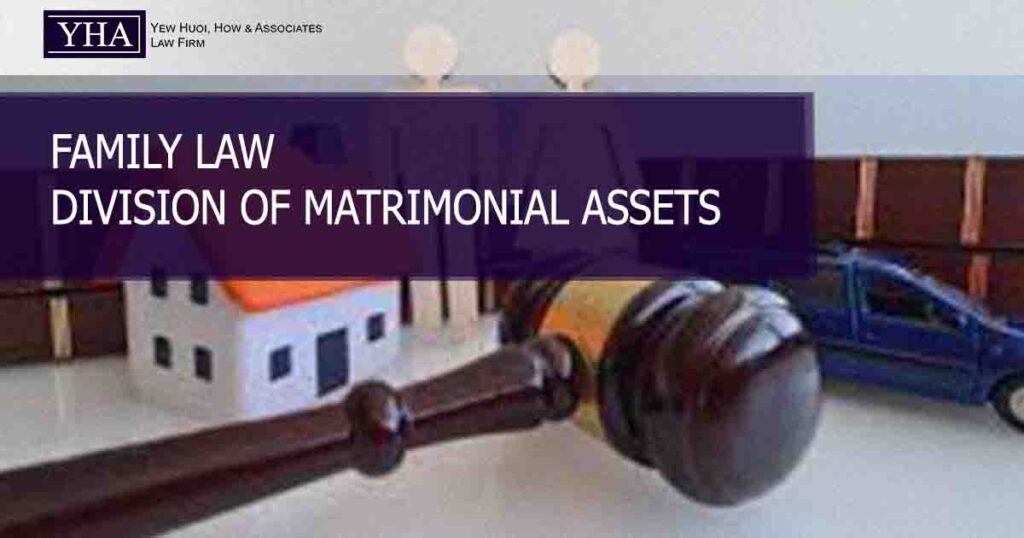Many people have this false conception that all assets of the husband including EPF, shares and monies will be divided equally when there is a divorce.
What is the law that governs division of matrimonial assets in Malaysia?
- It is governed under Section 76 of the Law Reform (Marriage and Divorce) Act 1976 (“the LRA 1976”).
- Generally, the courts will pivot towards equality of division subject to the following factors of consideration:
- The extent of contributions made by the husband and wife;
- The debts owing by either party contracted for their joint benefit;
- Needs of the minor children; and/or
- Duration of marriage.
What is the extent of contributions made that will be considered?
- First, the monetary contribution towards the purchase of the property will be considered. However, Court will also consider situation where husband pays housing loan while wife pays for the other day-to-day expenses as contribution.
- Second, if working husband pays for the property but wife takes care of children at home, the wife’s work at home is considered contribution under Section 76(2)(aa) of the LRA 1976.
What is “debts owing by either party contracted for their joint benefit”?
- Most properties will be acquired through joint loans obtained from the bank.
- The court will consider these joint loans taken by the husband and wife in deciding division of matrimonial assets.
- Assuming if a loan was obtained in the joint names of the husband and wife. There is no minor children. Wife is staying in the matrimonial home. The court may still order for matrimonial home to be sold and the proceeds be divided equally.
- If the parties have minor children who are living in the matrimonial home under the care of the mother,
- it is unlikely that the court will order sale of the matrimonial property. In such circumstances, the court may order the parties to continue paying the instalment of the matrimonial home.
- The court might consider proportion of contribution of the instalments by the parties after considering the ability of the parties to pay for the matrimonial property.
What about duration of marriage?
- If the marriage lasted a very short time eg. 6 months to a year, it is very unlikely the court will grant any claim for matrimonial properties assuming if the husband is paying for the same. There will be an assumption that there will be little or no contribution at all to the welfare of the family during the young marriage, unless otherwise proven.
- However, if the marriage is long and wife has made career sacrifices to cater for the family needs, then the chances towards division of matrimonial assets are higher. This is notwithstanding there is no pecuniary contribution by the wife at all.
- Only assets acquired during marriage and assets owned before marriage but substantially improved during marriage by joint efforts are termed “matrimonial assets”.
- The burden is on the claimant to prove contribution towards acquisition or improvement to claim division.

